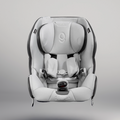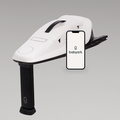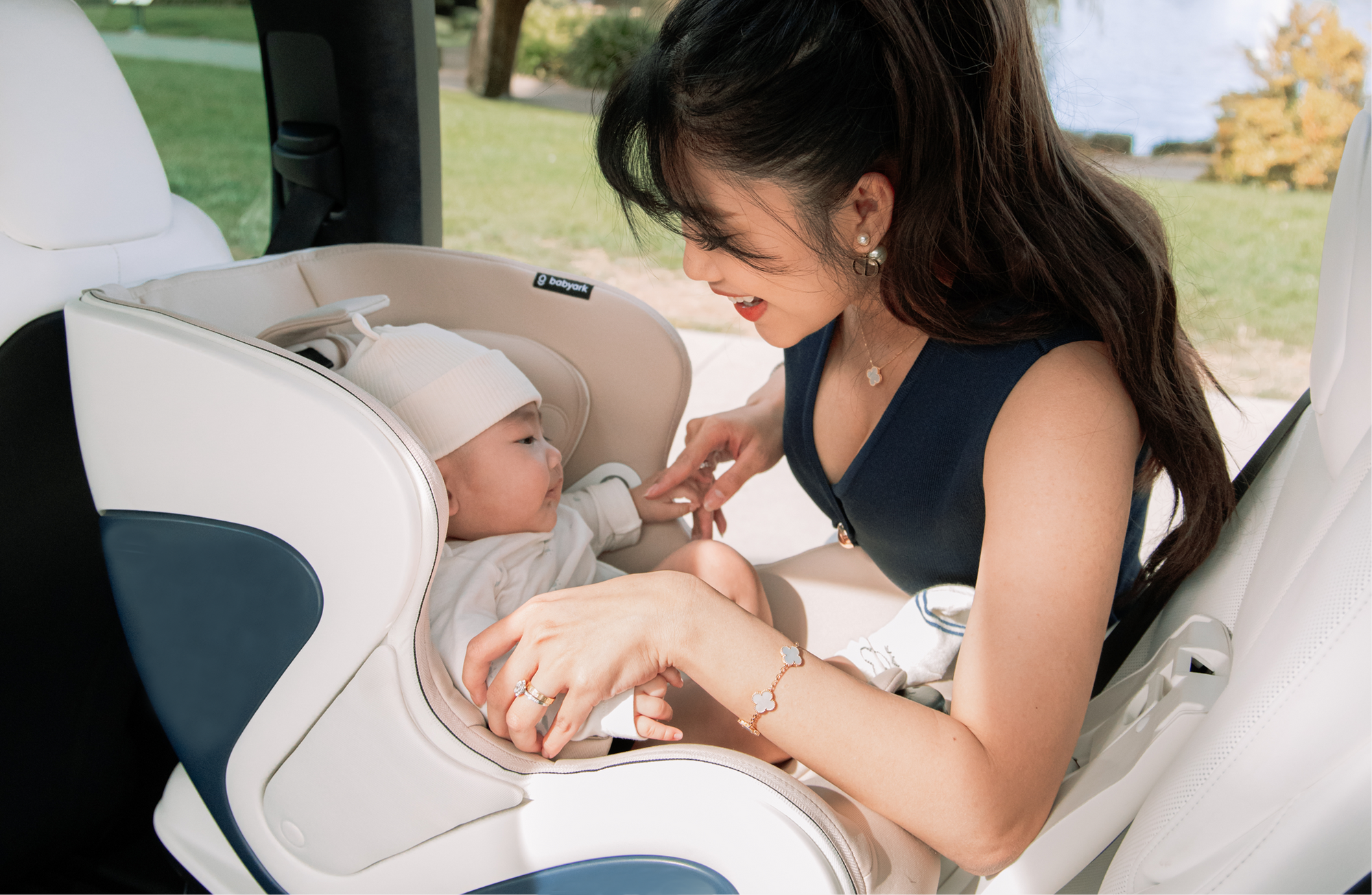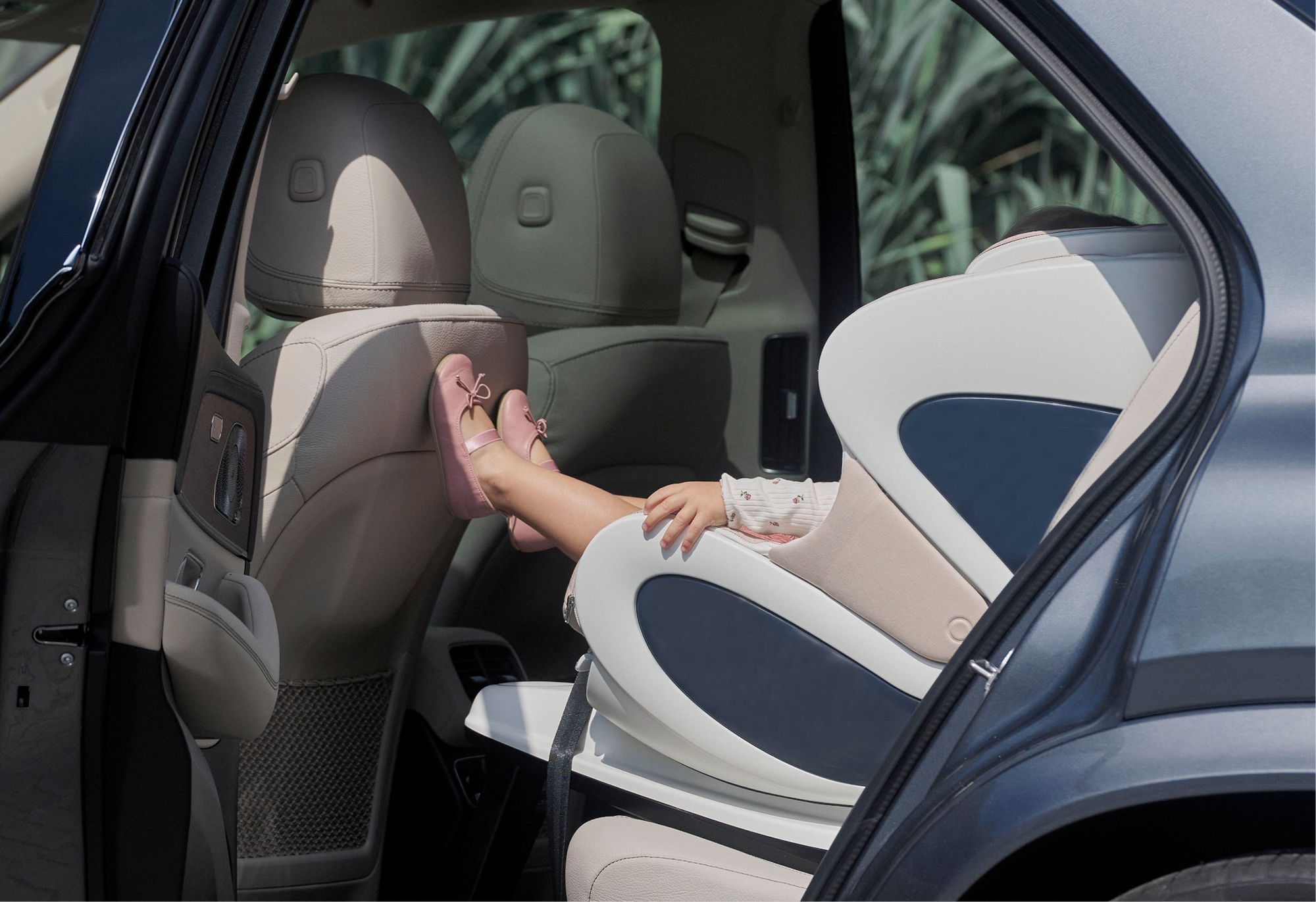How to Transition from Rear-Facing to Forward-Facing Safely with babyark
One of the most significant car seat milestones for parents is transitioning their child from a rear-facing car seat to a forward-facing one. While it may seem like a simple change, timing it right is essential for maintaining your child’s safety on the road. With babyark’s convertible car seat, you can make the transition confidently, ensuring that your child continues to benefit from superior protection in both seating positions.
In this blog, we’ll walk you through when to make the switch, the safety guidelines to follow, and how babyark ensures a smooth and secure transition.
When Should You Transition to Forward-Facing?
According to the American Academy of Pediatrics (AAP), children should remain in a rear-facing car seat for as long as possible—up to the maximum weight or height limit of the rear facing mode of their convertible car seat. Rear-facing seats provide better cradle the head, neck, and spine in the event of a crash, which is why experts recommend keeping children in this position for as long as their car seat allows.
Here’s when you should consider transitioning to forward-facing:
- Age: Make sure you are following your state law and your car seat manufacturer’s height/weight/age requirements before forward facing your child. babyark recommends keeping your child rear-facing until they are at least 2 years old, though many children can remain rear-facing until age 3-4 or beyond, depending on their size and the car seat’s weight and height limits.
- Weight and Height: Check the car seat’s weight and height limits to determine if your child is ready to transition. You can find information about your car seat’s weight/height limits in the manual or on the car seat’s labels. For babyark Smart and Classic, the rear-facing mode supports children up to 50 pounds, which allows most children to stay rear-facing for an extended period. That gets an A for safety in our book!
How babyark Makes the Transition Safe and Easy
When the time comes to switch to forward-facing, babyark ensures that the process is simple and safe. Here’s how babyark’s features support a smooth transition:
- Adjustable Harness and Headrest: babyark’s no-rethread harness and adjustable headrest make it easy to accommodate your child’s growing size. As you transition from rear-facing to forward-facing, you can quickly adjust the harness height to ensure that it fits properly. babyark also has easy adjustment of recline angles, with a clearly-labeled safe zone, that can be done even with baby in the seat!
- SafeCoil™ Energy Absorption: babyark’s SafeCoil™ technology continues to offer superior energy absorption in forward-facing mode, reducing the forces your child experiences in the event of a collision.
- Reinforced Steel Frame: babyark’s high-strength steel frame provides enhanced structural integrity, keeping your child protected as they transition to forward-facing.
- Easy Install: When using babyark’s recommended installation, the base only needs to be installed ONCE and then you're good. To flip the direction your seat is facing, you simply need to place the seat properly on the base in said direction. No reinstallation needed. Foolproof, right?
Proper Harnessing for Forward-Facing Safety
Once your child is forward-facing, it’s essential to ensure that the harness is adjusted correctly for maximum protection. Here are the key points to remember:
- Harness at or Above the Shoulders: In forward-facing mode, the harness straps should be positioned at or slightly above your child’s shoulders. This keeps them securely restrained during a crash.
- Tighten the Harness: The harness should be snug enough that you can’t pinch any excess webbing. Try the pinch test at your child's collarbone. Ensure that the straps lie flat against your child’s body and that the chest clip is placed at armpit level.
Safety Benefits of Keeping Your Child Rear-Facing Longer
While transitioning to forward-facing is an exciting milestone, keeping your child rear-facing as long as possible gives their body more time to grow and mature. Crash forces are distributed across the shell of a rear-facing car seat, reducing the impact of the crash on the child’s body.
How babyark Continues to Protect in Forward-Facing Mode
Once your child is ready to transition to forward-facing, babyark ensures that they remain fully protected with features that offer advanced safety in this mode:
- Energy Absorption: babyark’s SafeCoil™ technology continues to provide protection, ready to absorb crash forces so your child’s body experiences less impact during a collision.
- Side-Impact Protection: babyark’s BioArk™ side-impact protection shields your child in side collisions, extending our protection at all angles.
- Durability and Comfort: babyark’s premium steel frame and aviation-grade construction and technology ensure that your child is both safe and comfortable during every ride, no matter how long the journey.
Facing Forward into the Future
Transitioning from rear-facing to forward-facing is a big milestone in your child’s development, but it’s not a transition that should be rushd! With babyark’s advanced features, you can trust that your child will continue to receive the highest level of protection in both rear- and forward-facing modes. By following safety guidelines and using babyark’s innovative design, you’ll ensure that your child is protected during every stage of their car seat journey.





